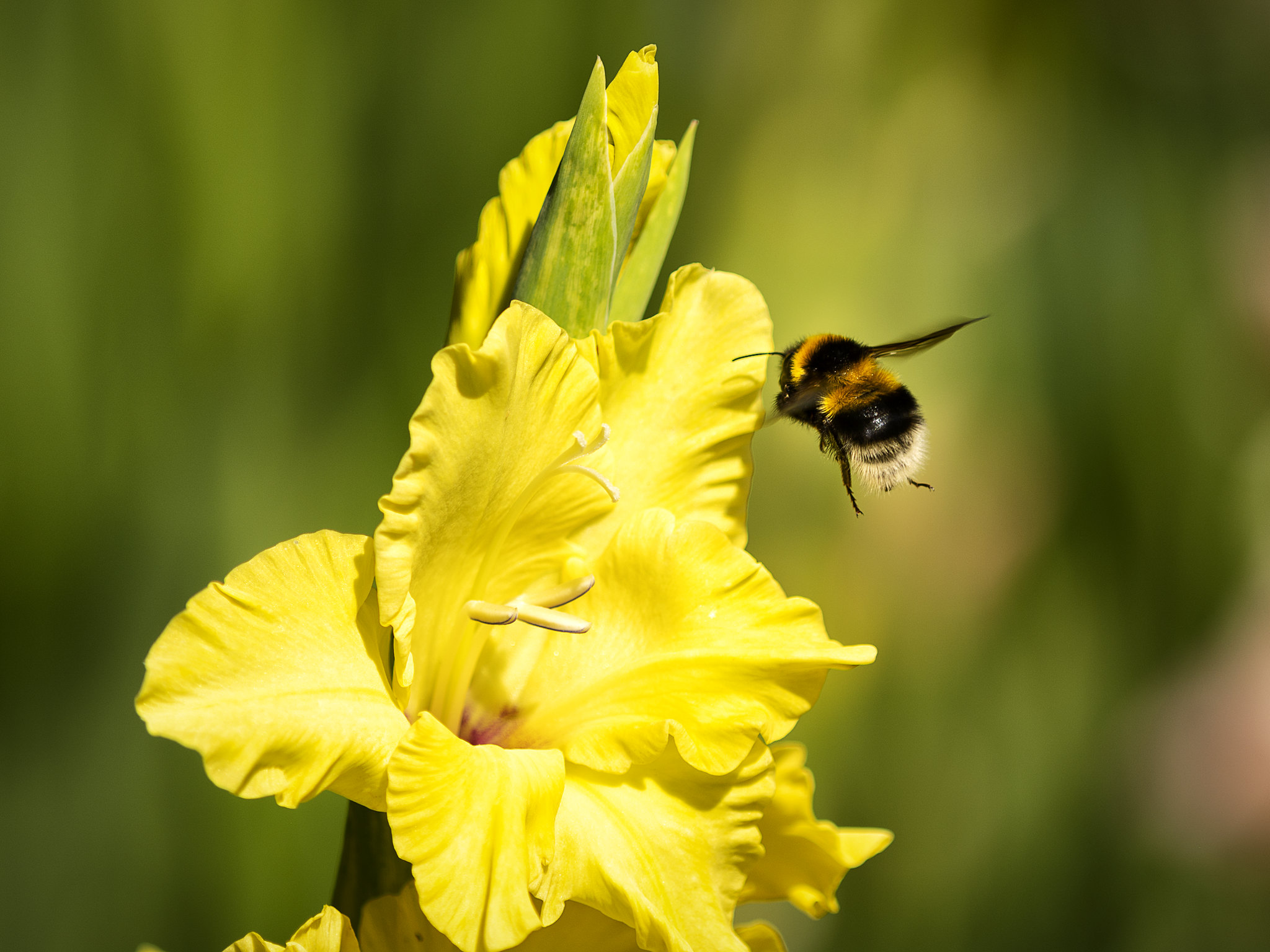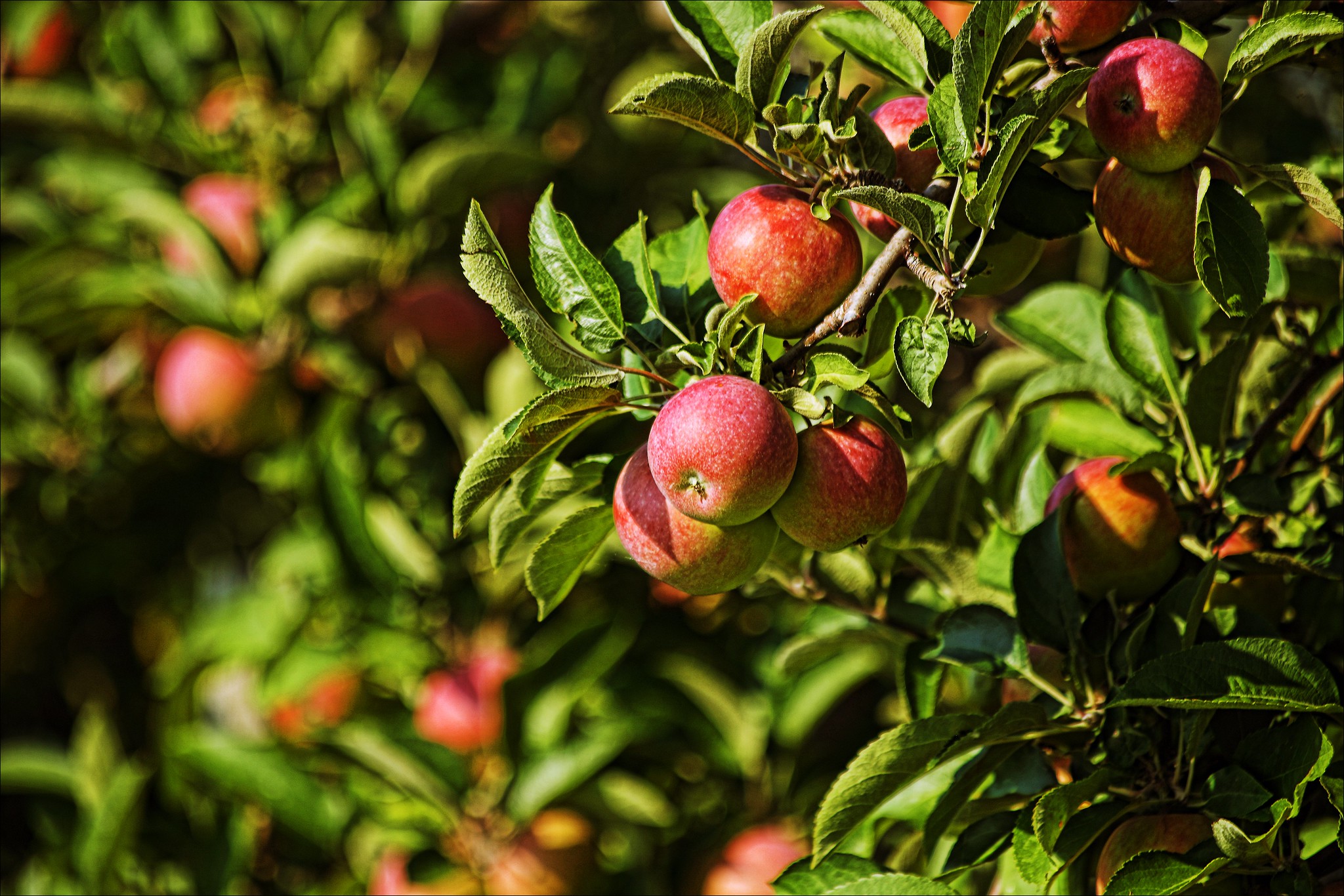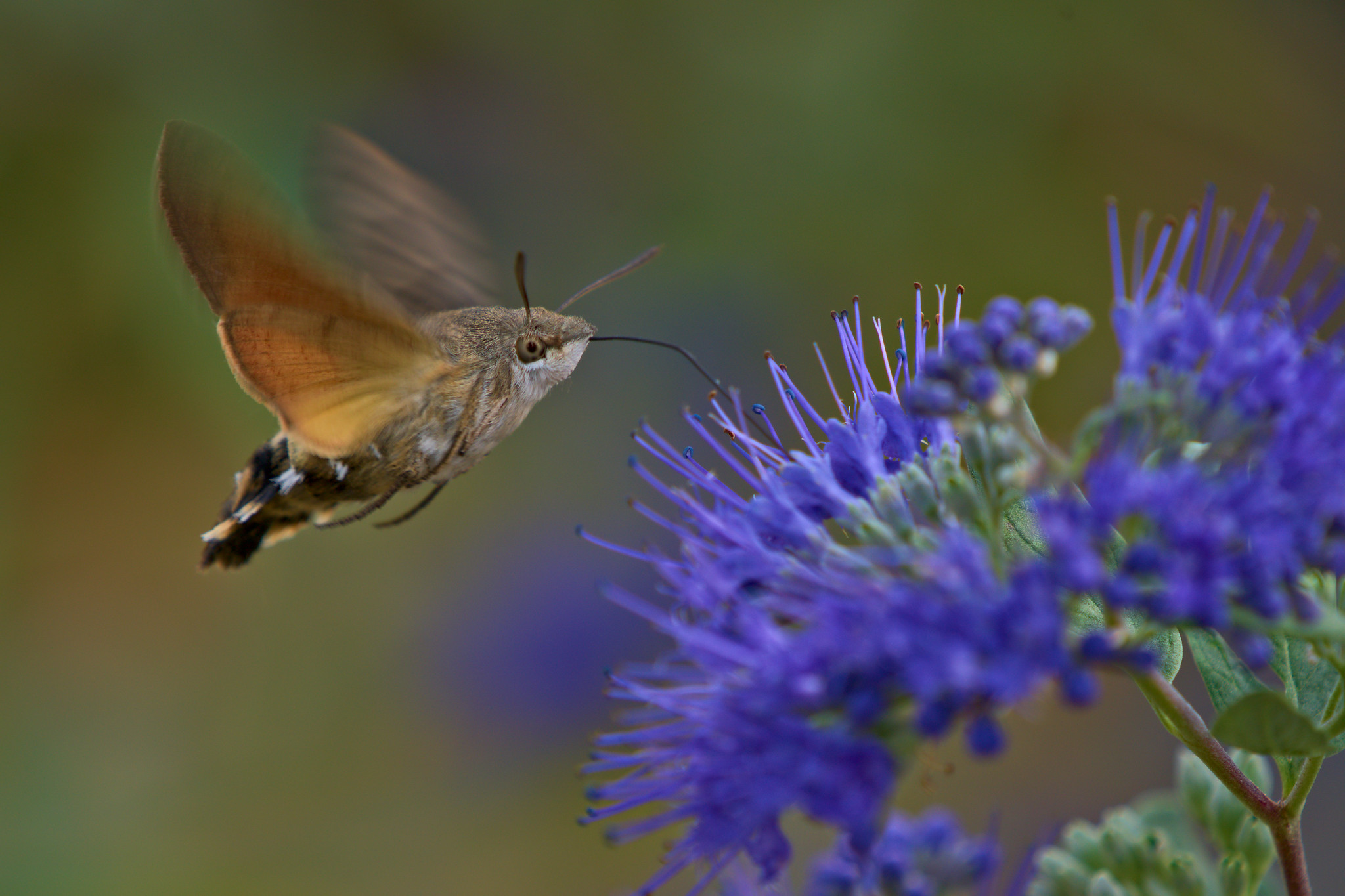Conservation
Increasing shortages of early season food threatens bumblebee populations. A new study published by the Universities of Oxford and Exeter has revealed that pollinator-friendly plant species are now flowering up to a month too late to aid bee conservation, resulting in low colony survival rates and reduced queen production. The reduction in pollen and nectar availability during the March to June period, which is critical during the early stages of colony formation, can have catastrophic effects on colony populations, with research suggesting that a two week gap in pollen supply reduces the production of daughter queen bees by up to 87%. To combat this decline, it is recommended that existing hedgerows should be populated with early blooming species such as Ground Ivy, cherry, and Hawthorn, which would increase colony success rates from 35% to 100%.

A pioneering translocation project aimed at saving a rare species of fungus in now underway in Cumbria. The Willow Glove fungus is a critically endangered species that can now only be found in two woodlands in Scotland, with the majority of it living on a single fallen tree. Scientists have recently removed sections of dead wood that the fungus is living on and relocated it to three receptor sites in an attempt to prevent the species’ impending extinction. The fungus is being transported to protected sites of special scientific interest where the fungus was last recorded before it became extinct in England 50 years ago. Host trees have been selected due to their plentiful supply of willow glue, a parasite that the Willow Glove depends on for survival. The success of this relocation technique will be monitored by volunteers from Cumbria Fungi Group for the next five years.
RHS Rosemoor aims to rediscover lost, native apple varieties to help the fruit survive climate breakdown. This spring, horticulturalists are searching for lost varieties of apple trees that used to be abundant in ancient orchards, with the goal of discovering the genetic traits of those species that are still thriving today. The University of Bristol and Sandford Orchards will each receive the genotypes of apple species that have been deemed important from across England and plan to investigate the rare ‘survivor varieties’ that have not been propagated, collected or recorded before. The hope is that their genetic code can be preserved for future use in an attempt to safeguard biodiversity and boost the UK apple industry’s resilience to climate change, particularly for those species that are native to this country. This project will play a vital role in the sustainability of the UK’s commercial orchards, 80% of which have been lost since 1900.

Discovery
A newly discovered orchid species boasts the longest nectar spur of any known plant relative to its flower size. The Solenangis impraedicta, found in the forest canopies of central Madagascar, is the first orchid discovered since 1965 that has made extreme adaptations to allow only a certain species to access its nectar and facilitate pollination. Its hyper-long nectar spur, measuring 33cm, makes it the longest of any known plant when compared to its small flower size of only 2cm, and researchers suggest it may only be accessible to the Long-tongued Hawkmoth. The significance of this discovery has been noted due to the similarities between this species and Darwin’s Orchid (Angraecum sesquipedale), which is also native to Madagascar. Darwin speculated that only a moth with an exceptionally long proboscis could reach the nectar, while Alfred Russel Wallace further built on this in his predication that a hawkmoth would be the only species able to do so. Finding this rare orchid highlights the urgency of conservation measures in Madagascar that are necessary to combat the rapid rate of deforestation occurring on the island.

An ancient species of river dolphin has been discovered in the Peruvian Amazon. A team of palaeontologists have found a giant fossilised skull on the shores of the Napo River that belonged to the largest-known species of river dolphin in history. This colossal creature, measuring 3-3.5 metres in length, is not related to the native Amazon River (Pink) Dolphins, but rather the South Asia river dolphins who are found 10,000km away. Researchers suggest that the dolphins’ ancestors originally lived in the ocean but ventured into the abundant freshwater ecosystems of the proto-Amazonia, before becoming extinct when new habitats emerged and their prey vanished.
Environment
The earliest-ever sighting of the Asian Hornet suggests they may now be established in the UK. The Department for Environment, Food and Rural Affairs (DEFRA) has recently confirmed that an Asian Hornet was sighted and captured on the 11th March in Kent – one month earlier than the first hornet sighting of last year. Once hornets are established, it’s almost impossible to get rid of them, and with Asian Hornet numbers having skyrocketed in the UK in 2023, scientist are concerned that they are now overwintering in the UK. This may have detrimental effects on wild pollinators emerging from hibernation, particularly Britain’s bee populations which play a key role in agricultural pollination.

